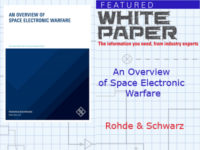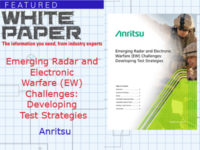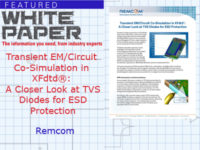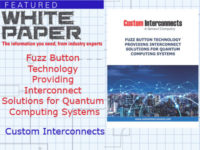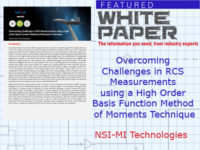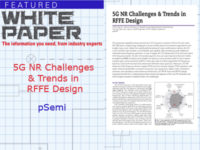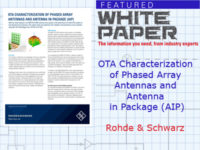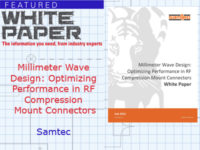White Papers
Emerging Radar and Electronic Warfare (EW) Challenges: Developing Test Strategies
September 14, 2023
Transient EM/Circuit Co-Simulation in XFdtd®: A Closer Look at TVS Diodes for ESD Protection
August 14, 2023
Fuzz Button Technology Providing Internconnect Solutions for Quantum Computing Systems
August 14, 2023
Overcoming Challenges in RCS Measurements using a High Order Basis Function Method of Moments Technique
August 14, 2023
Overcoming Size Limitations - the RF Performance Impace of Segmentation and Assembly on 3D Printed Luneburg Lenses
July 13, 2023
Altair_WP_OptAntennaPerformance.pdf
July 13, 2023

